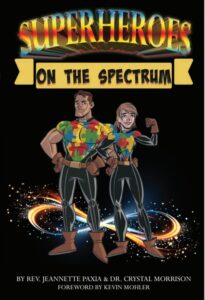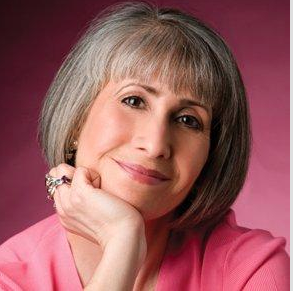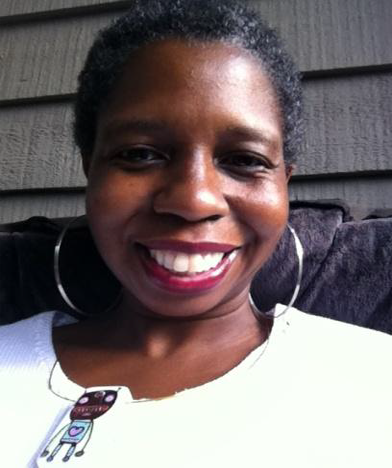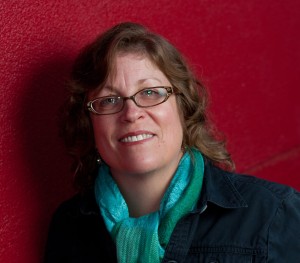Standup to Bullying This School Year: Protecting Autistic Children and Those with Disabilities By Jeanette Paxia
 Children across the country are headed back to school and it’s the perfect time to discuss an age-old problem that continues to get worse: bullying. Last year, The Boys & Girls Club of America found that 40 percent of students reported that they were bullied on school property. More so, researchers from the Kennedy Krieger Institute and Johns Hopkins University found that 63% of children with an autism spectrum disorder (ASD) were bullied.
Children across the country are headed back to school and it’s the perfect time to discuss an age-old problem that continues to get worse: bullying. Last year, The Boys & Girls Club of America found that 40 percent of students reported that they were bullied on school property. More so, researchers from the Kennedy Krieger Institute and Johns Hopkins University found that 63% of children with an autism spectrum disorder (ASD) were bullied.
Bullying is an issue that has plagued school systems and communities for generations, but for autistic children and others with disabilities, the impact of bullying can be especially devastating. These children, who already navigate the world with unique challenges, are too often the targets of harassment, ridicule and exclusion. It’s time we collectively take a stand, ensuring that our schools and communities become safe havens for all children, regardless of their abilities or differences.
The Silent Epidemic
Bullying is more than just a rite of passage or an unfortunate part of growing up; it is a serious issue with long-term consequences. For children on the spectrum, this harassment often goes beyond name-calling or teasing. It can include social exclusion, physical aggression and extreme cyberbullying.
The impact of bullying on children with disabilities can be profound. For autistic children, who may already struggle with social interactions and communication, bullying can exacerbate feelings of isolation and anxiety. It can also lead to a decline in academic performance, mental health issues, and in some cases, even suicidal thoughts. This is not just a problem for the children involved; it is a societal issue that affects families, schools and communities at large.
Why Are Disabled Children Targeted?
The reasons behind the bullying of children with disabilities are complex, but they often stem from a lack of understanding and empathy. Autistic children, for example, might display behaviors or mannerisms that others find unfamiliar or difficult to understand. This difference can make them easy targets for bullies who prey on those who stand out or who struggle to conform to social norms.
In addition, children with disabilities may have difficulty defending themselves or speaking out against their aggressors. They might not fully comprehend that they are being bullied, or they may lack the verbal skills to report it. This makes them particularly vulnerable, as the bullying can go unnoticed or unaddressed by adults who are unaware of what is happening.
The Role of Schools and Communities
Schools are often the first line of defense against bullying, and they have a critical role to play in protecting all students, especially those with disabilities. Anti-bullying policies must be comprehensive, enforceable, and inclusive. Schools should provide training for staff and students alike on the unique challenges faced by autistic children and others with disabilities. Understanding breeds empathy, and empathy can deter bullying.
However, policies alone are not enough. Schools must foster a culture of inclusion and respect. This means creating an environment where differences are celebrated rather than stigmatized. Peer support programs, where students are encouraged to be allies rather than bystanders, can make a significant difference. When students see their peers standing up against bullying, they are more likely to do the same.
Communities, too, have a role to play. Parents, local organizations and policymakers must work together to create safe spaces for children with disabilities. This includes advocating for stronger protections, providing resources for families and promoting awareness about the impact of bullying on vulnerable children.
Empowering the Victims
While systemic change is necessary, we must also focus on empowering the children who are most at risk of being bullied. For autistic children and others with disabilities, this empowerment can take many forms. Teaching self-advocacy skills, building self-esteem and providing access to supportive networks can all help children feel more confident and less isolated. These are valuable lessons for any child as the new school year kicks off, but would be especially helpful for autistic children and those with disabilities.
Parents and caregivers should be proactive in discussing bullying with their children, helping them recognize when they are being mistreated and encouraging them to speak out. Schools should also provide counseling and support services for students who have been bullied, ensuring they have the emotional tools to heal and thrive.
The Moral Imperative
At the heart of this issue is a simple but powerful truth: every child deserves to feel safe, valued and respected. Autistic children and others with disabilities are no exception. As a society, we have a moral obligation to protect the most vulnerable among us, to stand up against bullying, and to create environments where all children can flourish.
Bullying will not be eradicated overnight, but by standing together—parents, educators, students, and community members—we can make a difference. We can ensure that no child has to suffer in silence and that no child is left to navigate the world alone. It’s time to take a stand, not just against bullying, but for kindness, inclusion and the fundamental rights of every child to live and learn free from fear.

Jeanette Paxia is author of “Superheroes On The Spectrum,” a nurse and certified health and wellness coach for 25 years, and she’s raising a child with autism. She has dedicated her life to raising awareness and acceptance of neurodiverse individuals. Visit https://superheroesonthespectrumbook.com/















